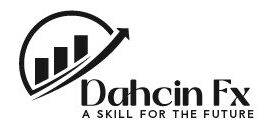Using an Expert Advisor (EA) in forex trading typically requires the following requirements:
Trading Platform Compatibility: Ensure that your chosen EA is compatible with the trading platform provided by your forex broker. Common trading platforms include MetaTrader 4 (MT4) and MetaTrader 5 (MT5).
Access to VPS: Consider using a Virtual Private Server (VPS) to ensure uninterrupted operation of your EA. A VPS provides stable internet connectivity and uptime, which is crucial for EA performance, especially if your trading strategy requires 24/7 monitoring.
Back testing: Before deploying an EA in live trading, it’s essential to back test it thoroughly using historical market data. This helps assess the EA’s performance under various market conditions and validate its effectiveness.
Risk Management Settings: Configure risk management parameters within the EA, such as stop-loss and take-profit levels, lot size, and position sizing rules. These settings help manage risk and protect your trading capital.
Monitoring and Optimization: Regularly monitor the performance of your EA in live trading and optimize its settings as needed. Market conditions can change, requiring adjustments to maximize profitability and minimize risks.
Broker Support: Ensure your forex broker supports the use of EAs and allows automated trading on their platform. Some brokers may have specific policies or restrictions regarding the use of EAs, so it’s important to verify compatibility beforehand.
Security and Reliability: Choose reputable sources when obtaining EAs to minimize the risk of using malicious or poorly performing software. Verify reviews, ratings, and developer credentials to ensure the EA’s security and reliability.

